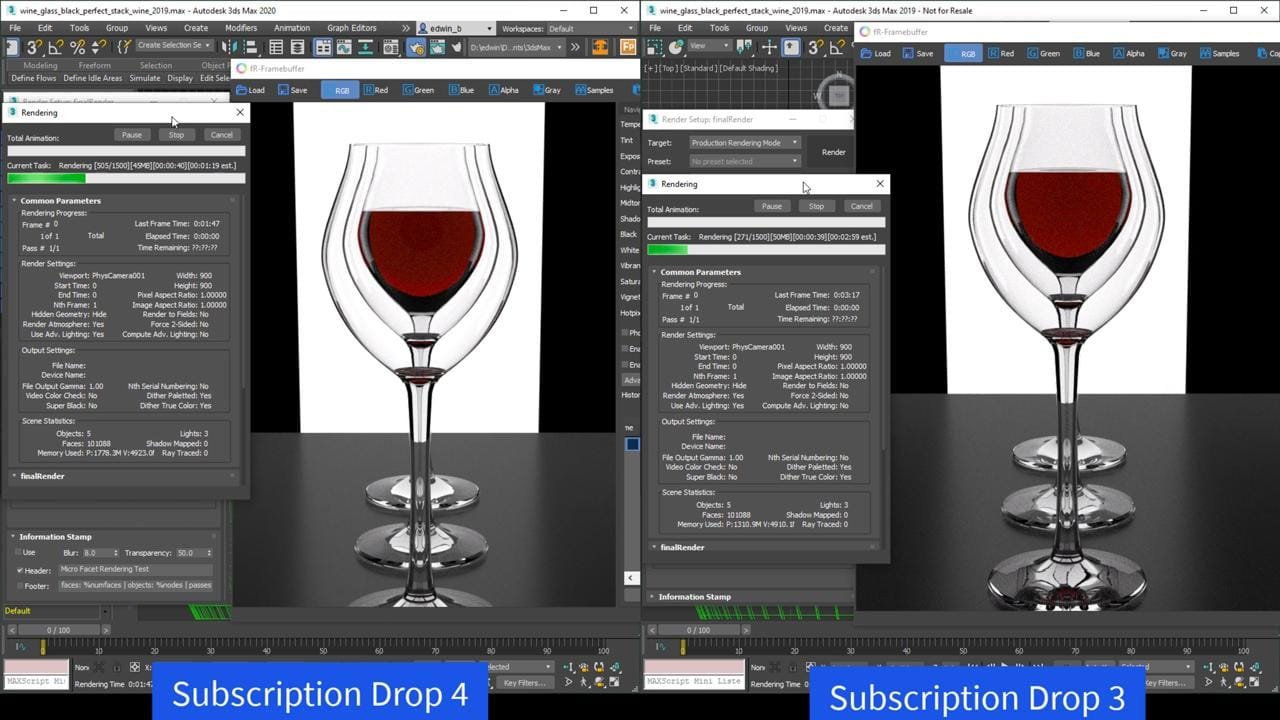
ESA’s MARSIS Gets Software Upgrade 19 Years After Its Launch, Mars Exploration Said to Get More Efficient
June 26, 2022Silicon Valley Research Center
June 29, 2022How to Get Started With OptiX 7
If you’re a new developer looking to learn OptiX 7, you’ve come to the right place. In this article, you’ll learn about Registers, Exception programs, and more. Regardless of your programming experience, these tools will prove useful for your future projects. Whether you’re a novice or an expert, you can use this guide to learn the fundamentals of OptiX 7 and begin your journey towards creating your own custom libraries and programs.
OptiX 7
If you’re looking to make 3D movies, OptiX 7 is a great tool to get started with. Compared to its predecessors, OptiX 7 is much easier to learn and use. Its low-level architecture makes it easier to get started and learn. If you’re not familiar with 3D video production software, low-level technical details may seem intimidating. In addition to causing copy-and-paste bugs, they take time away from more productive tasks.
NVIDIA OptiX 7 uses primitives to identify programmatic behavior. These primitives are used to detect intersections, BVH traversal programs, and recent hit. It also provides an OptiX ray-tracing kernel. To get started with 3D video production, download the OptiX 7 SDK and look up the examples. This will give you a basic understanding of the tools available.
Exception programs
Exception programs are a way to handle unexpected behavior when the ray tracing pipeline encounters errors. An Exception program is invoked whenever a ray cannot be shot for some reason. This type of program can be used to determine if the ray intersects an object or not. There are several types of Exception programs, each with different functions. These programs are described in the following sections. To learn more, visit the OptiX website.
The OptiX API has several program types and uses abbreviations for the components of the software. Many of these program types resemble the elements of the traditional rendering system called shaders. Some are hardware accelerated, while others are fixed-function or application-managed. A few of the more common program types are discussed below. These programs use various hardware and software features to enable ray tracing applications.
Callable programs
Learn about Optix’s 7.3 Framework and data visualisation with Python. The OptiX 7.3 framework provides a robust foundation for ray tracing and custom texture operations in your application. You’ll also be able to integrate the OptiX framework with other tools such as Unity’s Material Editor. The OptiX programming guide covers the basics of this new framework and provides code examples to get you started.
Optix’s ray payload allows you to store data associated with primitives and programs. This data is used to pass data back and forth between applications and optixTrace. The ray payloads follow a copy-in/copy-out semantic, and can be either a pointer to stack-based local memory or application-managed global memory. Once you’ve created your ray payloads, you can pass them back to your applications.
Registers
Mindwrap, Inc., a provider of document management solutions, has announced the release of Optix 7, the latest version of its flagship software. Optix 7 includes significant performance enhancements as well as new convenience features. The company plans to demonstrate some of the new functionality at Macworld, the annual conference held at the Moscone Center in San Francisco, California, from January 11-14, 2005. Further, it offers optional modules that support web-based operations.
A Registers with optix7 program is made up of a list of objects called Ray. The data in these structures are referred to as Ray. The ray payload consists of a set of values that are passed to the program, interpreted by the program and returned to it. These values follow a copy-in/copy-out semantic, and are usually pointers to local memory or application-managed global memory.
Ray payload
To begin using optixTrace, create a pipeline of programs. The pipeline contains all the programs to be invoked during ray tracing launch. A shader binding table is used to define these parameters. The device-side kernel then invokes the ray generation program, optixTrace, and starts traversing. Once traversal begins, ray values are returned to the application.
OptiX uses the concept of ray payload to describe the data that is passed to the closest-hit program. This data consists of up to eight values per ray, and can be read or written by a ray-generation program. In some cases, a single ray can carry several different payload values. To use optix, you must have at least one register per ray.




